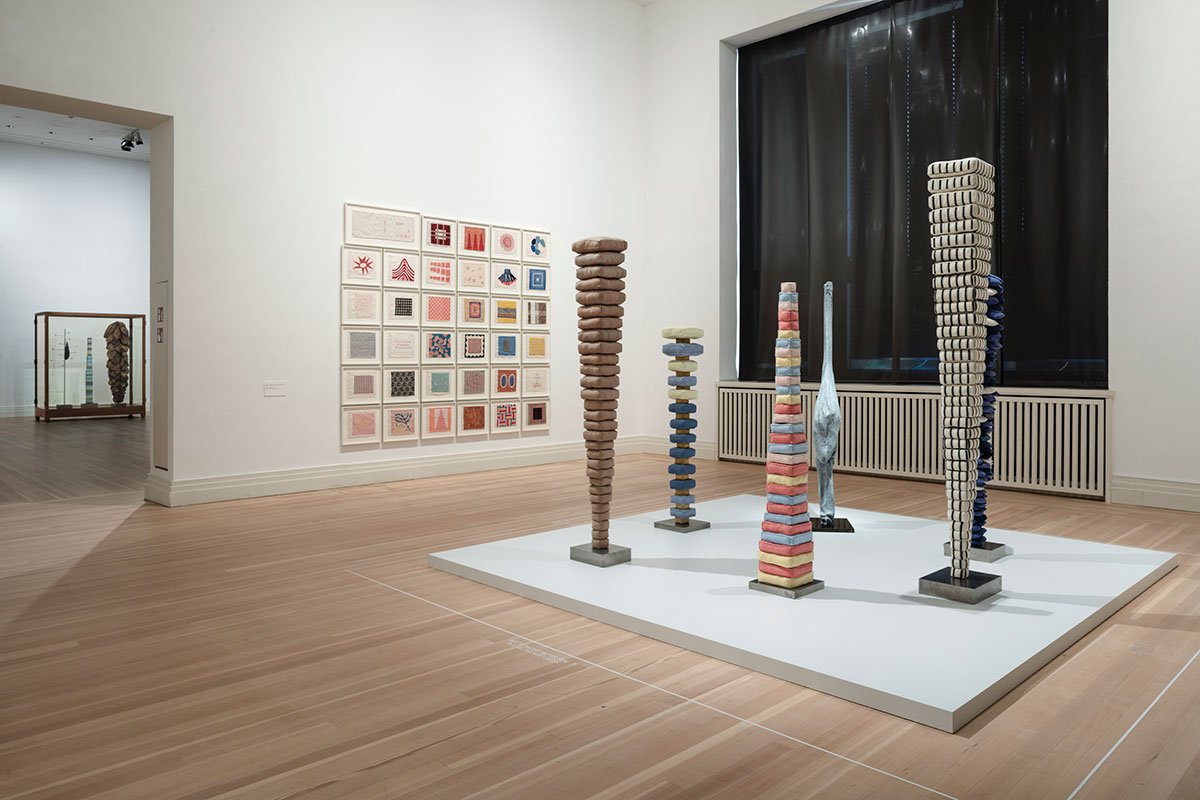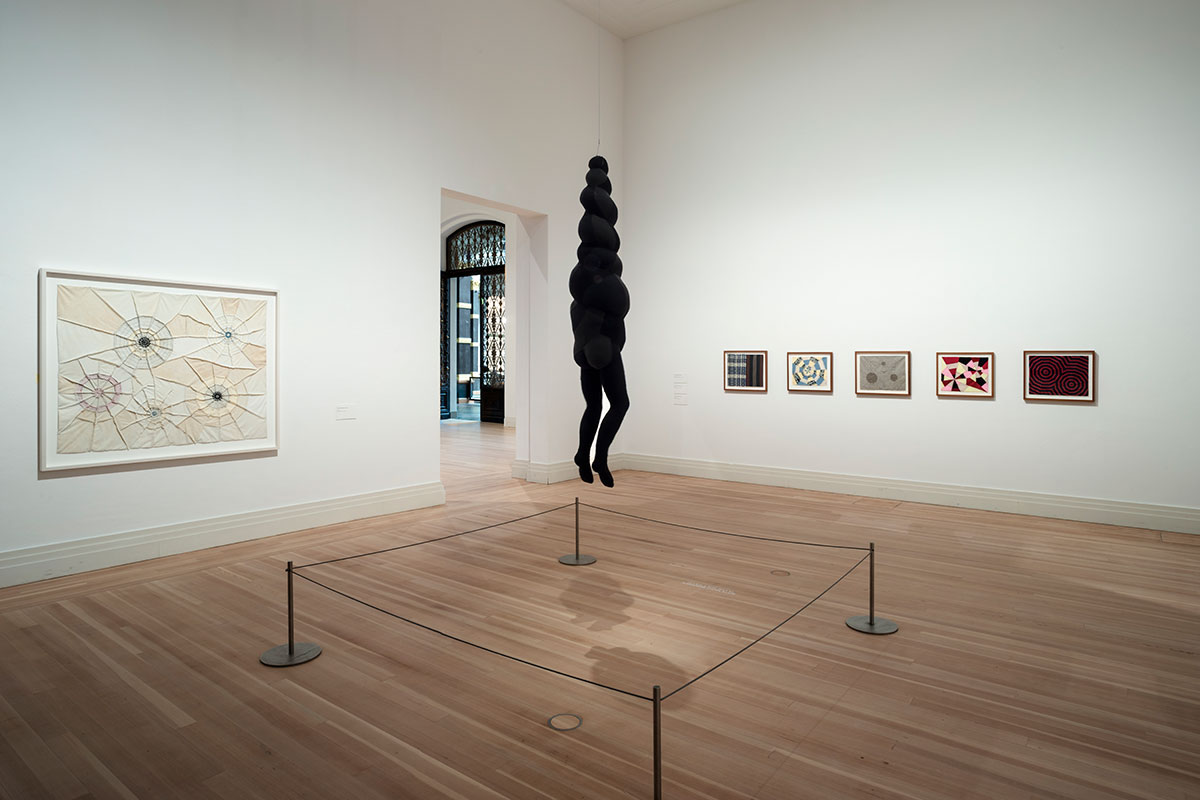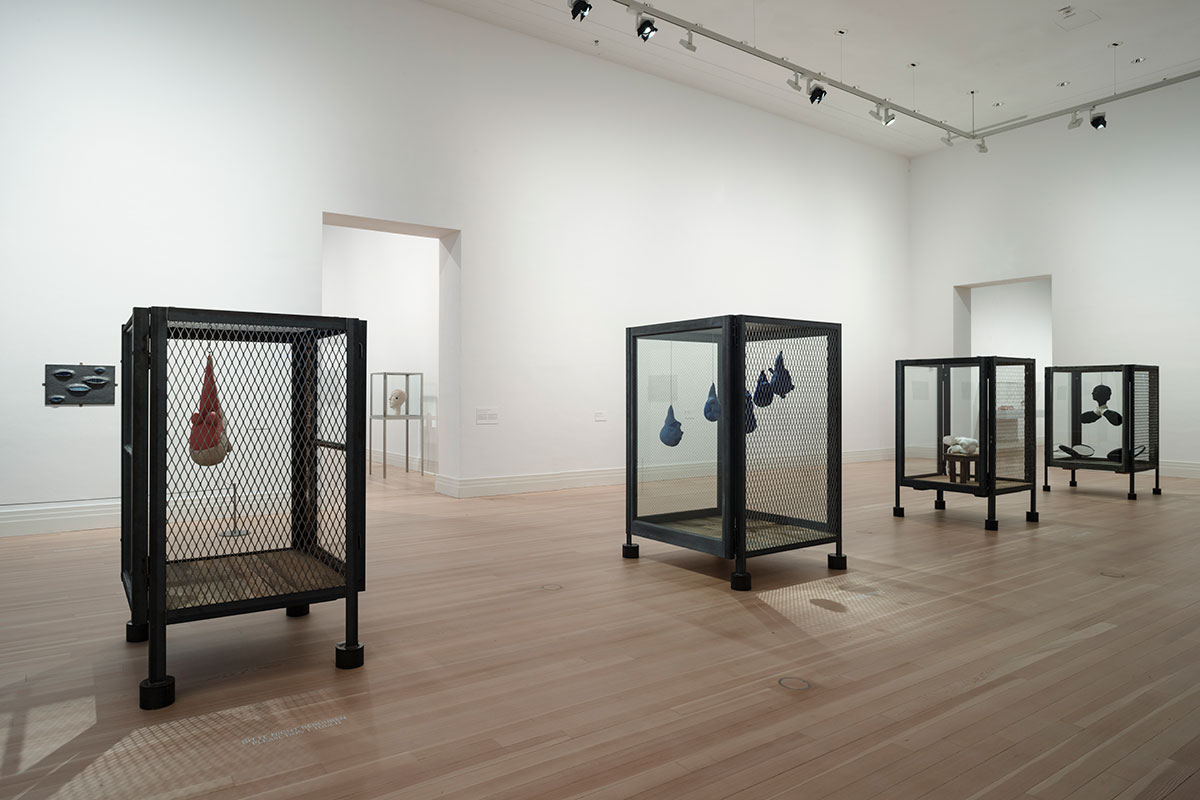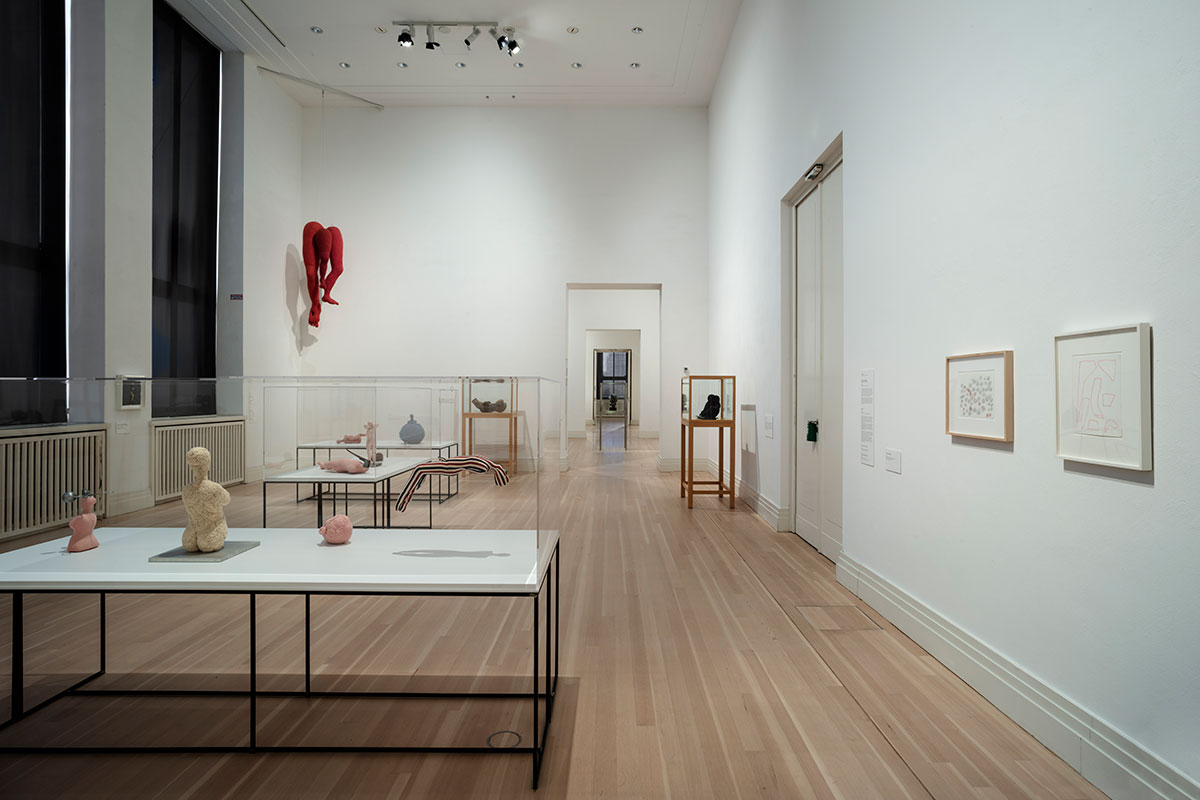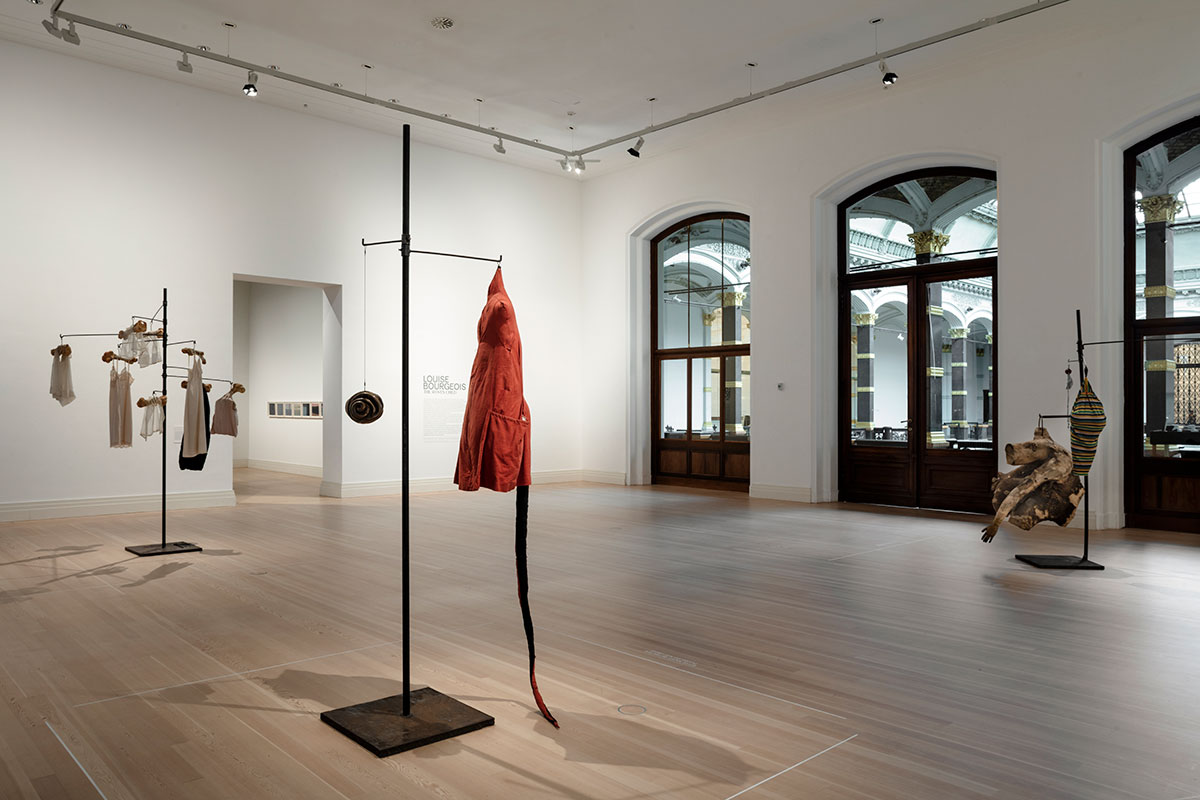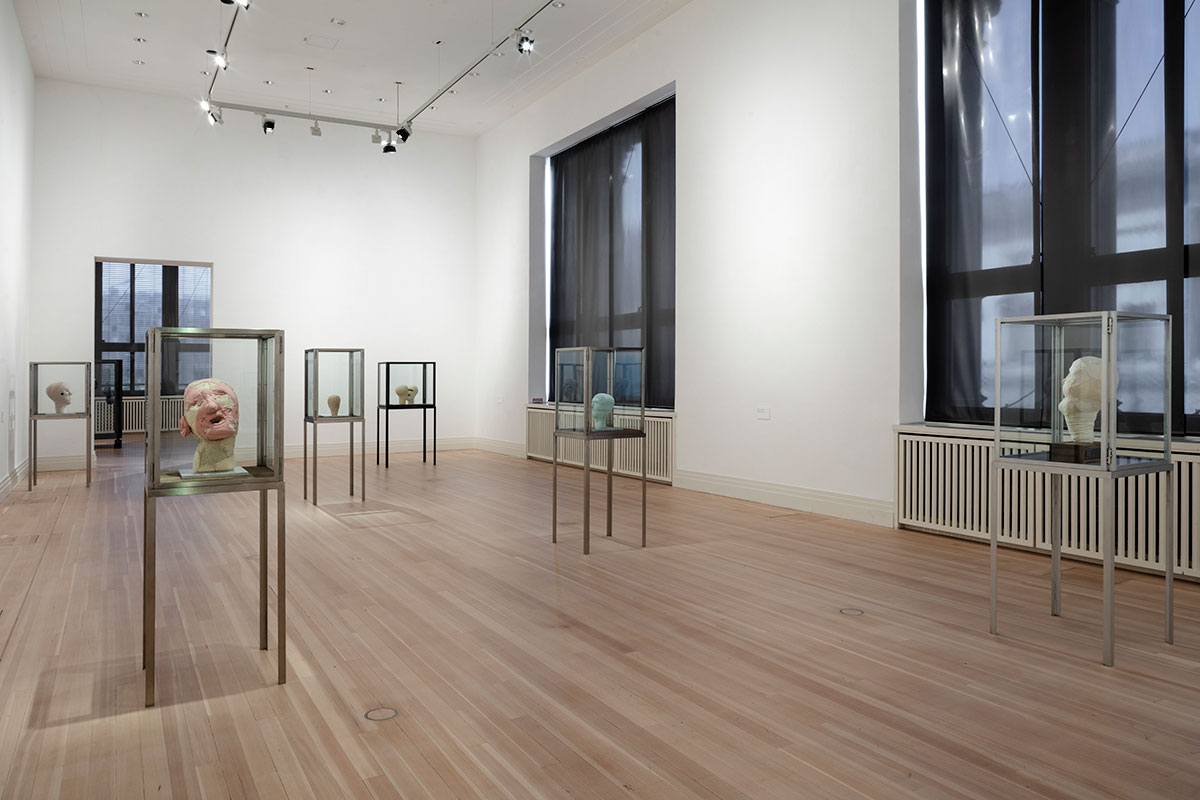PRESENTATION: Louise Bourgeois-The Woven Child
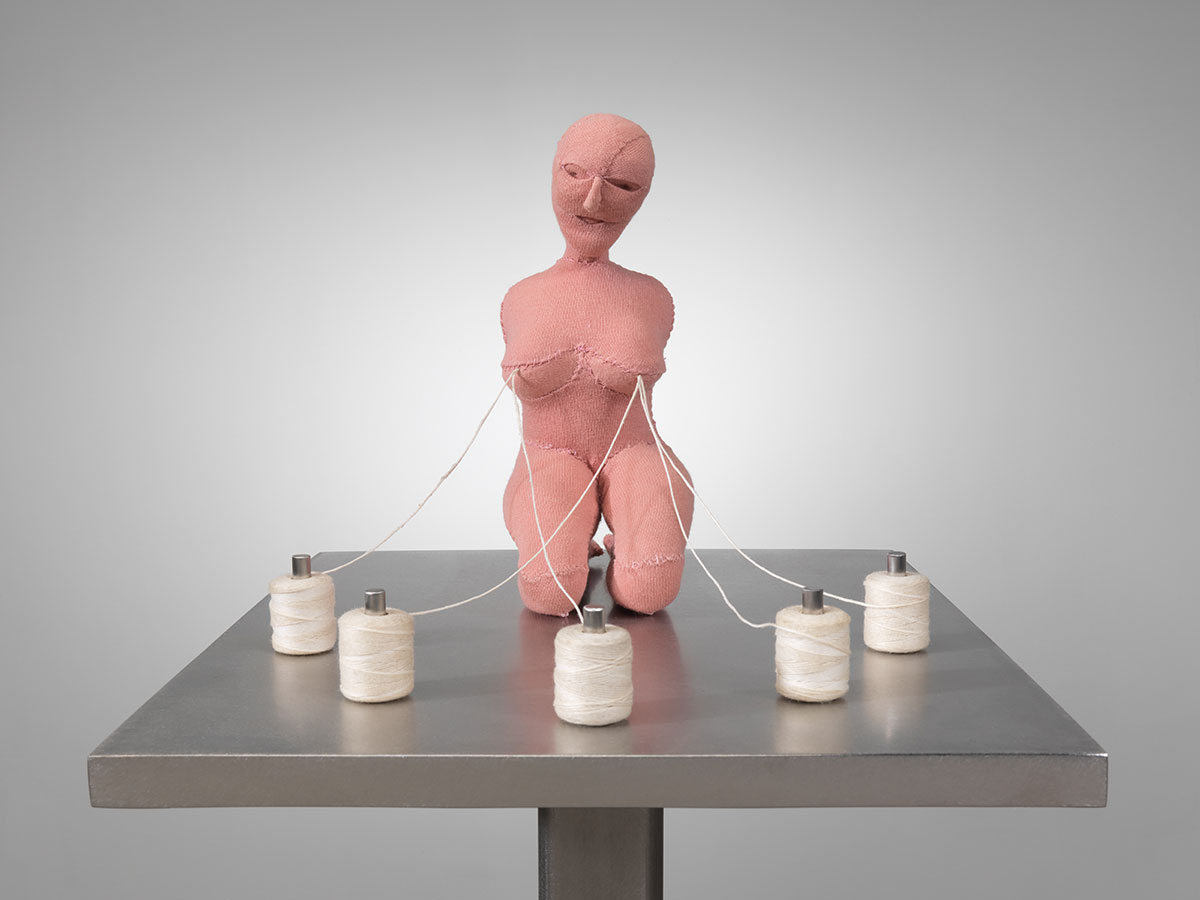 Louise Bourgeois was born in Paris in 1911. Although she lived in New York from 1938 and until her death in 2010, much of her inspiration was derived from her early childhood in France. Using the body as a primary form, Louise Bourgeois explored the full range of the human condition. From poetic drawings to room size installations, she was able to give her fears physical form in order to exorcise them. Memories, sexuality, love and abandonment are the core of her complex body of work.
Louise Bourgeois was born in Paris in 1911. Although she lived in New York from 1938 and until her death in 2010, much of her inspiration was derived from her early childhood in France. Using the body as a primary form, Louise Bourgeois explored the full range of the human condition. From poetic drawings to room size installations, she was able to give her fears physical form in order to exorcise them. Memories, sexuality, love and abandonment are the core of her complex body of work.
By Dimitris Lempesis
Photo: Gropius Bau Archive
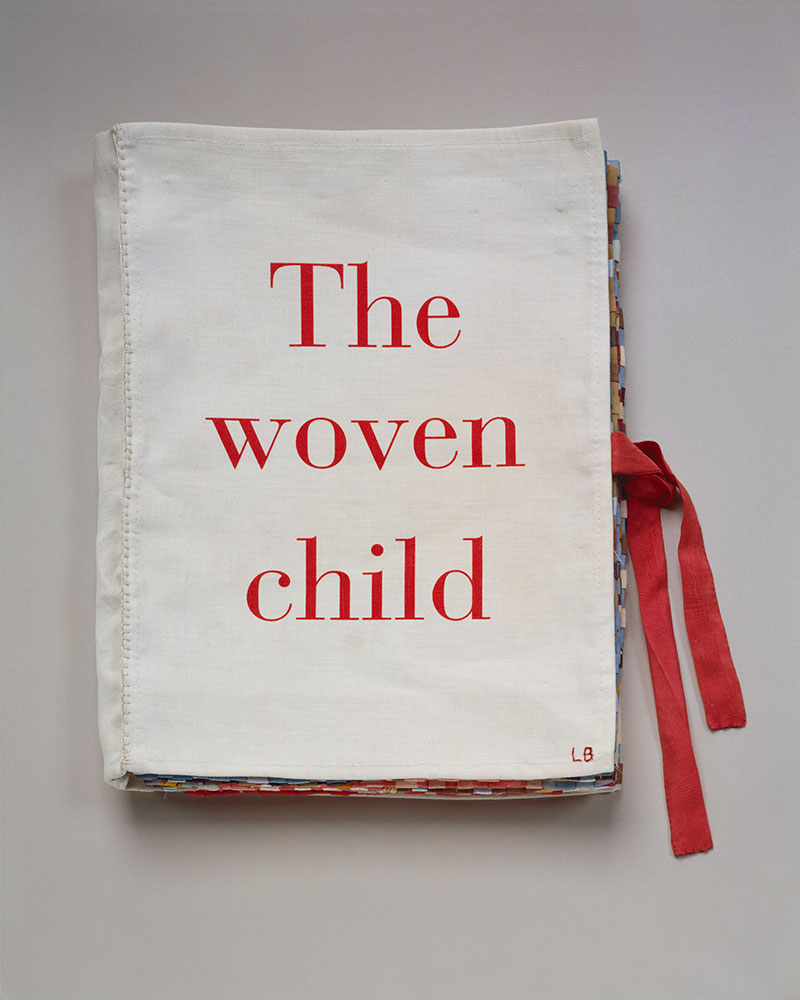
In surveying Louise Bourgeois’ late body of work, the retrospective “The Woven Child” explores what the artist, in her own words, called “the magic power of the needle … to repair the damage” and to offer “a claim to forgiveness”. Beginning in the mid-1990s and continuing up until her death in 2010, Bourgeois created an astonishingly inventive, and psychologically charged, range of sculptures using domestic textiles, including clothing, linens and tapestry fragments, often sourced from her own household and personal history. This departure from traditional sculptural materials represented a return to the artist’s roots. Bourgeois’s connection to fabric began in her childhood, during which she helped in her family’s tapestry restoration atelier in France. With 89 works, the exhibition survey the complete range of fabric artworks that Bourgeois produced during her last two decades. The exhibition includes major installations, notably several of Bourgeois’s “Poles” and monumental “Cells”, in which hanging configurations of old dresses, slips and other garments directly reference her personal history Featuring. The imposing installation “Spider” (1997), and the related piece, “Lady in Waiting” (2003), incorporate fragments of antique tapestry. Bourgeois understood the spider as both protector and predator, and associated it with her mother, a weaver and tapestry restorer. Its ability to weave a web from its own body was a metaphor that Bourgeois also used to describe her artistic process and is a particularly poignant image within this survey of her fabric work. The exhibition also includes a comprehensive range of figurative sculptures, many of which are missing limbs and heads or feature fantastical bodies that call to mind characters from unsettling fairy tales. Presented in vitrines, suspended from the ceiling, or displayed on plinths, Bourgeois’s fabric figures – which largely portray female bodies – pointedly conjure states of abjection, abandonment or entrapment. A significant selection of the artist’s fabric heads is also be showcased, revealing the wide range of expressions that she elaborated in these uncanny and impactful portraits. Also featured is a selection of Bourgeois’s “progressions”: columns of stacked textile blocks or lozenges, organised in ascending and descending sequences. With these works, Bourgeois returned to the vertical sculptural forms that dominated her early work in the 1940s and 1950s, only now rendered in soft materials. Bourgeois regularly revisited and revised motifs from earlier works throughout her career, a practice that reached a climax with a group of four major late works, made during the last five years of her life, in which combinations of different types of sculptures are displayed together in large vitrines. Collectively, they constitute a kind of summary statement of her late fabric art.
“Pierre” (1998): “Pierre” was the first of Bourgeois’s series of fabric heads, and is titled after the artist’s late brother, who was institutionalised in 1945 and remained in an asylum for the rest of his life. Bourgeois felt increasingly isolated from him and guilty for her absence. A telling feature of this head is its missing ear, which symbolises their lack of communication. Composed of several pieces of the same pink fabric, as if to suggest a fragmented self, Pierre is held together by notably loose stitching. This style of sewing conveys a palpable sense of psychic tension and is employed in many of Bourgeois’s early fabric figures. It could be read as the physical representation of psychological repair, much as scars are the residue of healing. “Couple IV” (1997): One from a series of fabric couple sculptures made in the late 1990s, this pair of headless, copulating figures is encased in an antique vitrine, like a carefully preserved specimen. The work’s claustrophobic, almost coffin-like sense of containment suggests the suffocating character of relationships driven by a fear of separation or abandonment. For Bourgeois, the female figure’s wooden leg symbolises psychic injury or a loss of equilibrium. Bourgeois was fascinated by prosthetic limbs, which she first encountered during her childhood in France in the aftermath of the First World War, and in her late sculptures she increasingly included references to prostheses, crutches and amputees. Bourgeois saw the prosthesis as something which, like art, allows one to survive intense emotional suffering. Bourgeois noted that this sculpture alluded to the “primal scene”, a psychoanalytic concept describing a child’s real or imagined vision of a sexual encounter between its parents, which is perceived as an act of violence. This blending of sexuality and death, pain and pleasure, passive and active, gives the work an additional disturbing dynamic. “Cell XXV (The view of the world of the jealous wife)” (2001): Within this circular enclosure, its contents visible from all sides, Bourgeois arranged three of her own garments on dressmaker’s mannequins: a striking blue cocktail dress; a patterned white day dress; and a short blouse encircled by a floating ring of blue, bell-shaped pieces of glass. Two large, white marble spheres are positioned on the floor. In another context they might conjure breasts but here, visually aligning with the light-coloured dress, they create a phallic composition at the centre of the Cell. This work reflects Bourgeois’s interest in the distorting effect of jealousy on one’s relationship to others. “Untitled” (2002): In 1998 Bourgeois began making a series of stuffed fabric heads, using various textiles including cloth, towels, cotton ticking, patterned garments, needlepoint and tapestry. Rather than making conventional likenesses of individual people, Bourgeois was interested in portraying a range of emotional and psychological states. Some of these heads feature more than one face, evoking the coexistence of contradictory or ambivalent feelings and attitudes.
Photo: Louise Bourgeois, The Good Mother (detail), 2003, Fabric, thread, stainless steel, wood and glass, 109.2x 45.7 x 38.1cm, The Easton Foundation/VG Bild-Kunst, Bonn 2021, Photo: Christopher Burke
Info: Curators: Ralph Rugoff and Julienne Lorz, Gropius Bau, Niederkirchnerstraße 7, Berlin, Germany, Duration: 22/7-23/10/2022, Days & Hours: Mon, Wed & Fri-Sun 10:00-19:00, Thu 10:00-21:00, www.berlinerfestspiele.de/
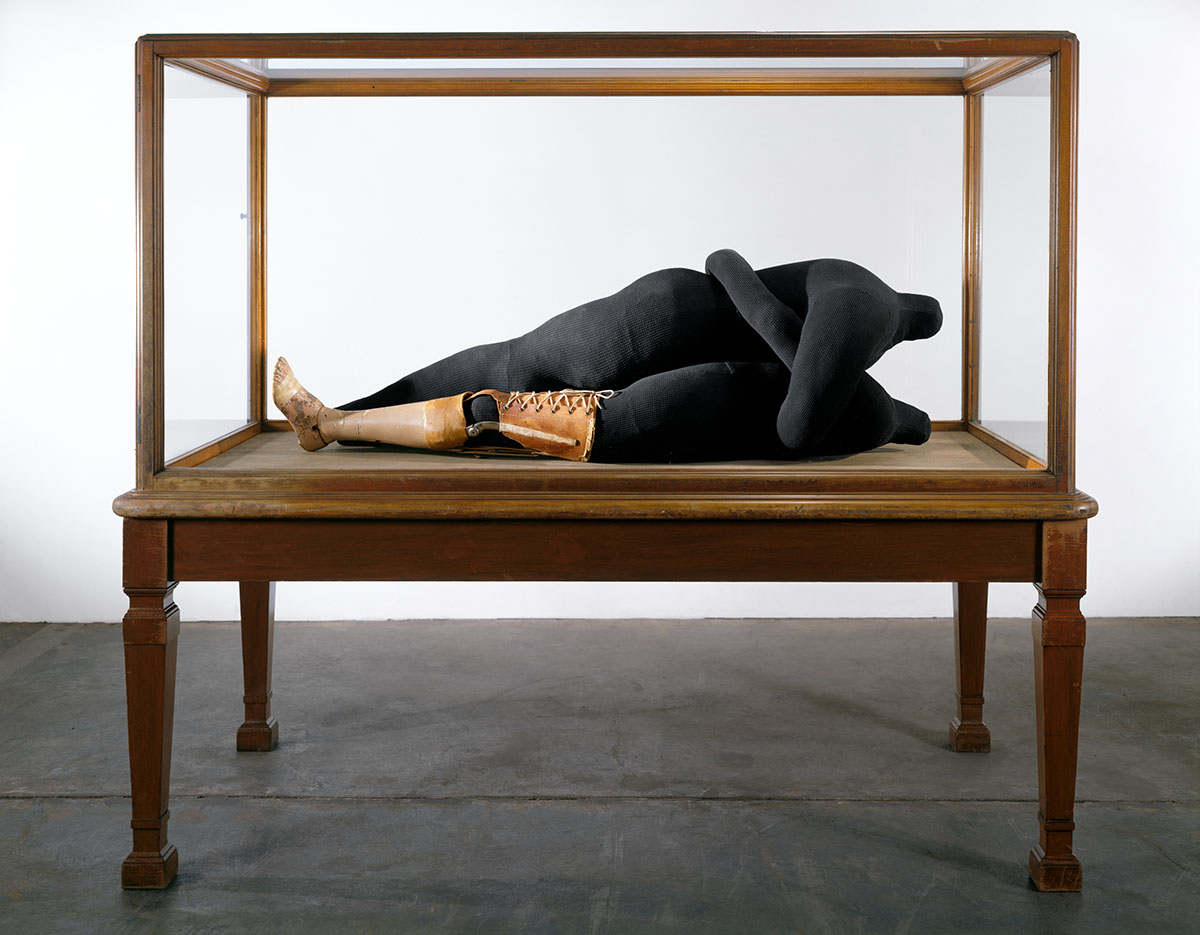
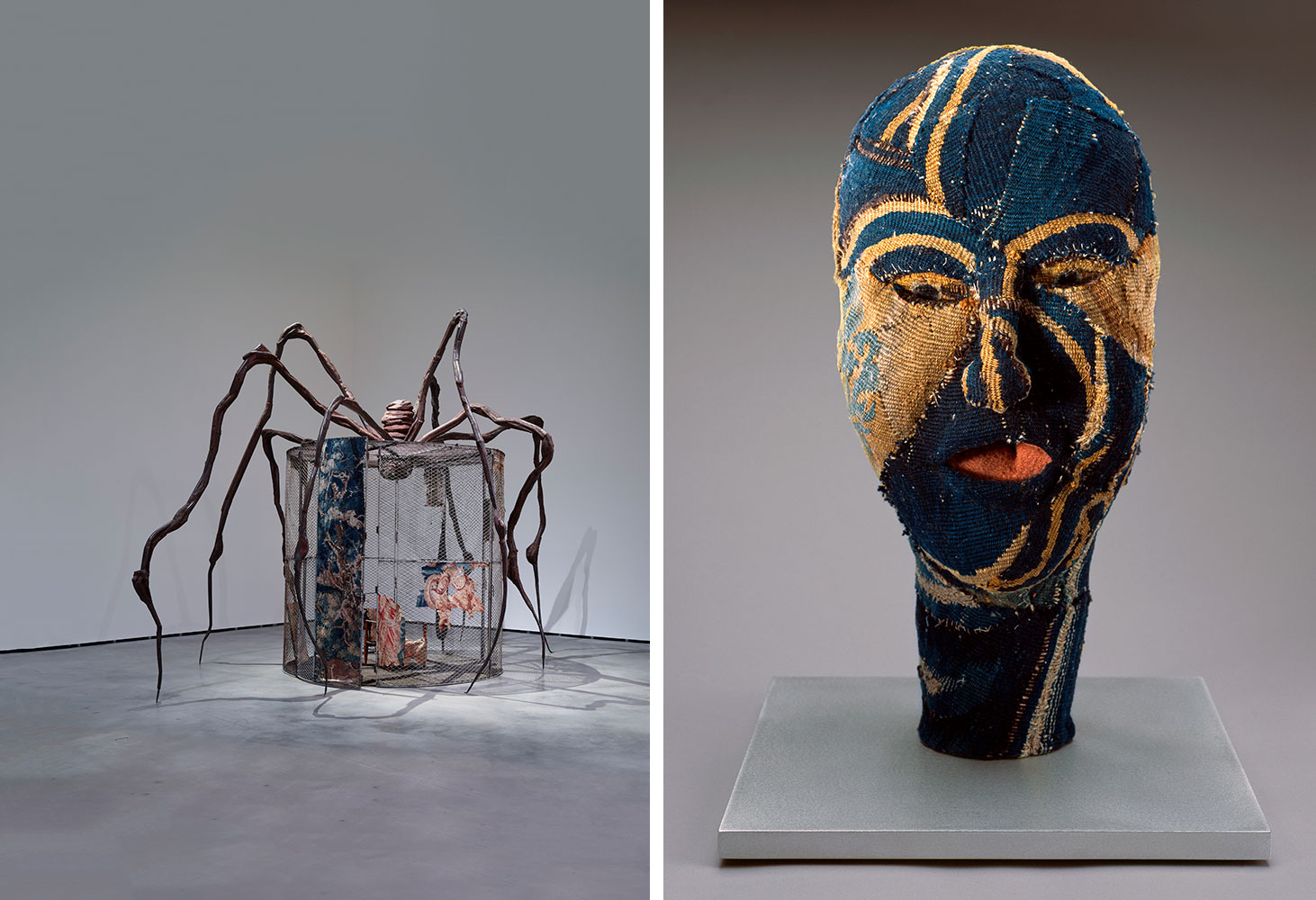
Right: Louise Bourgeois, Untitled, 2002, Tapestry and aluminum, 45.7 x 30.5 x 30.5 cm, The Easton Foundation/VG Bild-Kunst, Bonn 2021, Photo: Christopher Burke
